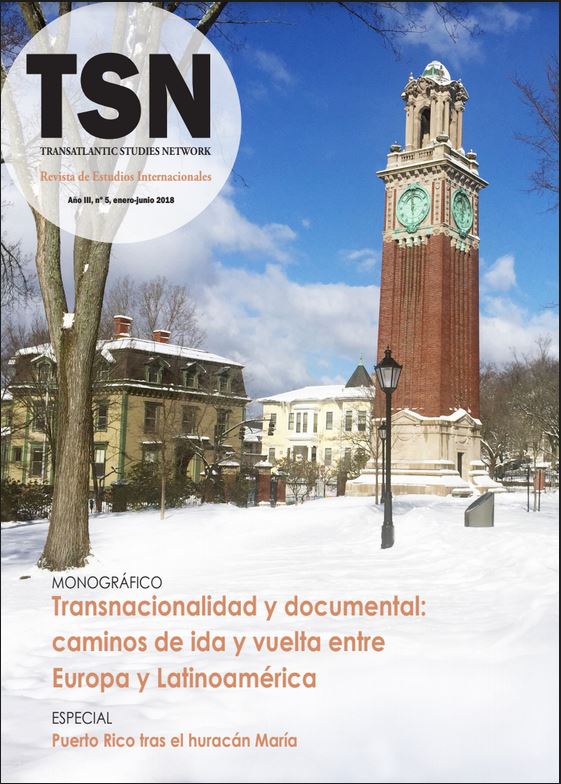The Historical Example of Puerto Rico: Maintaining Cultural and Social Identity
Keywords:
Puerto Rican character, Despacito, fusion of races, cultural roots, sensibility, talent, music, poetry, hurricane MariaAbstract
Over the course of more than 500 years, Puerto Rico, an island of scarce population and little geographical extension, has managed to maintain its cultural and social cohesion, leaving aside its political differences to survive as a united and self-confident people. Its secret has been to keep alive the sense of nationhood born from the fusion of three races and three well-differentiated cultures, the taino indian, the spanish european and the black african that have produced the puertorriqueñidad (puerto rican character): A special way of sensitivity when it comes to enjoying and «living» life. The century-old occupation of Puerto Rico by the United States and its attempts to impose english in teaching and a new foreign cultural vision have not mattered because puerto ricans’ resistance to any assimilation has been firm and unanimous. On the contrary, it has encouraged the island’s people and intellectuals to look for their most authentic selves in their roots. For this reason, the people of Puerto Rico received the Prince of Asturias Award in 1991. In 2017 the puerto rican melody Despacito, sung in spanish by its author and interpreter Luis Fonsi, became the most listened to and played song all over the world throughout history.
Downloads
Metrics
Downloads
Published
How to Cite
Issue
Section
License
Copyright (c) 2024 TSN. Transatlantic Studies Network

This work is licensed under a Creative Commons Attribution-NonCommercial-ShareAlike 4.0 International License.























